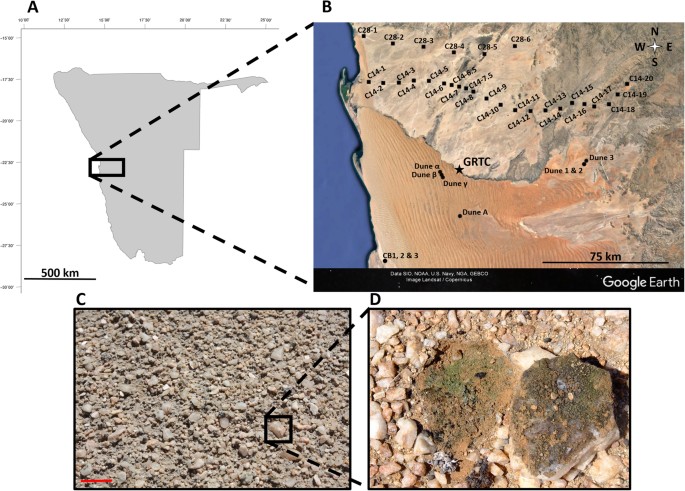
Innovative DNA Separation Method Uncovers Living Microbes in the Harsh Atacama Desert
Summary: Scientists have introduced an innovative technique to differentiate DNA from live and deceased microbial cells, yielding new insights into the varied microbial ecosystems that flourish in the extreme Atacama Desert. This revelation paves the way for a deeper understanding of how life endures in severe environments, with potential uses on Earth and beyond.
Applied and Environmental Microbiology, November 2024, DOI: Not provided | Reading time: 4 minutes
The Atacama Desert in Chile is recognized as one of the planet’s most extreme habitats, marked by its extreme dryness and nearly total absence of rainfall. In spite of these challenging conditions, researchers have revealed that microbial communities continue to thrive in the desert’s soil. This significant discovery was made possible through an advanced DNA separation technique, which effectively identifies living microbes versus the remnants of deceased ones.
Differentiating the Living from the Lifeless
A primary obstacle in examining microbes within such extreme settings is that conventional DNA extraction procedures cannot differentiate between the genetic material of living organisms and the remnants of dead cells. This creates challenges in determining which microbes actively contribute to the ecosystem and which are simply remnants of previous life.
“When DNA is extracted, it includes both living organisms and also DNA from those that have recently died or have been dead for some time,” notes Dirk Wagner, the lead author and a senior scientist at the GFZ German Research Centre for Geosciences.
To address this challenge, Wagner’s research team devised a new DNA separation method that leverages the differences between extracellular DNA (from deceased cells) and intracellular DNA (from living cells). The innovative approach involved executing several gentle washing cycles to gradually remove extracellular DNA while safeguarding the intracellular DNA contained within viable cells. After four washing iterations, the scientists successfully categorized the DNA into two separate groups, enabling them to concentrate on the viable microbial population.
Frontiersmen of the Desert
Upon using this new technique, the researchers discovered a wealth of microbial diversity hidden in the soils of the desert. They identified a variety of resilient bacterial groups, including Actinobacteria, Proteobacteria, and Chloroflexota species, all adapted to endure the harsh realities of the Atacama Desert.
“Microbes are the forerunners adapting to this kind of environment, setting the stage for subsequent life forms,” states Wagner. The resilience of these microorganisms in such a low-biomass habitat underscores their adaptability and endurance.
Interestingly, the bacterial composition varied with soil depth. The researchers observed that Chloroflexota bacteria were prevalent in samples from soil less than 5 centimeters deep, while Actinobacteria and Proteobacteria were consistently present throughout all depths of settled soil. These pioneering organisms are crucial for stabilizing soil structures and cycling nutrients, possibly enabling more complex life forms to endure in these challenging ecosystems.
Prospective Impacts
The creation of this technique for distinguishing living DNA from deceased DNA carries significant implications. By concentrating solely on the DNA of active cells, researchers can now acquire more precise insights into microbial functions and metabolic activities in some of the harshest settings on Earth. This is particularly relevant for understanding how life exists in areas where water and nutrients are limited.
Beyond our planet, these discoveries may have important implications for astrobiology. Scientists are particularly curious about the potential for microbial life to exist in similarly extreme conditions on other planets, such as Mars, or on icy moons like Europa. If microorganisms can thrive under the extreme aridity of the Atacama Desert, it raises intriguing possibilities about the survival of comparable organisms in extraterrestrial settings.
Additionally, this understanding can be applied to terrestrial regions that undergo drastic disruptions, such as those following volcanic eruptions, earthquakes, or landslides. By examining how microbial life re-establishes in these damaged areas, researchers can gain further insights into life’s resilience and its capacity to adapt to evolving conditions.
Glossary of Terms
- Extracellular DNA (eDNA): Genetic material found outside cells, typically resulting from cellular death.
- Intracellular DNA (iDNA): Genetic material present within living cells.
- Metagenomic sequencing: A technique utilized to analyze the complete genetic material within an environmental sample, delivering a comprehensive overview of